What is the tolerance range of precision screws?
What is the tolerance range of precision screws?
Service Hotline
+86760-8787 8587We have more than ten years of production experience in the screw industry, the main products are: hexagon socket headless screws, nickel-plated crown screws and nuts, anti-thread anti-buckle bolts, hexagonal lock nuts, carbon steel galvanized DIN6923 hexagonal flange nuts, four-claw Furniture galvanized nuts, pouring nuts, copper caps, DIN6796, blue and white round head bolts with washers, copper inserts injection molded copper nuts, machine bolts, aluminum screws, fixing pins, corrugated washers and other fasteners, due to product material and specifications Each is different and the price is also different, please contact us if you need it.


flat washer is also called a flat washer. It is mainly stamped out of an iron plate. The shape is generally a flat washer with a hole in the middle. The size of this hole is generally determined according to customer requirements. There are 9 standards for flat washers in my country. From 2000 to 2002, GB/T97.3-2000, GB/T5286-2001, GB/T95-2002, GB/T96.1-2002, GB/T96.2 were approved and released respectively. -2002, GB/T97.1-2002, GB/T97.2-2002, GB/T97.4-2002 and GB/T5287-2002 Standard for flat washers. According to the performance grade of the flat washer, the author recommends the use of materials: ST12, ST13, Q235, Q215, Q195, etc. can be selected for the 100HV grade, and the surface hardness can reach about 110HV; 08F, 08Al, 10, 10F, etc. can be selected for the 140HV grade etc., the surface hardness can reach about 140HV; for 200HV and 300HV grades, 45, 50, 60, 70 or 65Mn steel should be selected, which can be quenched and tempered by heat treatment to meet the technical requirements of 200~300HV and 300~400HV. Because according to the standard, flat washers of 100HV and 140HV grades can be manufactured from mild steel. Most enterprises use Baosteel materials when selecting materials, which is convenient for cold stamping. The following is a brief description of Baosteel's standards. Compared with the BZJ407-1999 standard, there are major changes in Continuous Cold Rolled Low-Carbon Steel Plates and Strips and the enterprise standard: (1) The grades have been revised and integrated, and the grades have been changed from 8 commonly used to 5. St12 is changed to DC01; ST13 is changed to DC03; St14, St15 is changed to DC04; BSC2 is changed to DC05; St16, St14-T, BSC3 is changed to DC06. (2) The surface quality level is changed from two to three: the higher-level finishing surface (FB), the surface is allowed to have a small amount of defects that do not affect the formability and coating and plating adhesion, such as slight scratches, indentations, Pock, roll printing and oxidation color, etc. Premium Finished Surface (FC) products have no visible defects on the better of the two sides and must meet at least FB requirements on the other side. The super-advanced finishing (FD) product must not have any defects on the better side of the two sides, that is, it cannot affect the appearance quality after painting or the appearance quality after electroplating, and the other side must at least meet the requirements of FB. (3) The surface structure is modified from four to two, and the control value of surface roughness is increased. The average roughness Ra when the surface structure is pitted (D) is 0.6 μm. (4) The provisions on Si and residual elements in the chemical composition of the five grades have been cancelled, and the contents of elements such as C, S, and Alt have been revised.
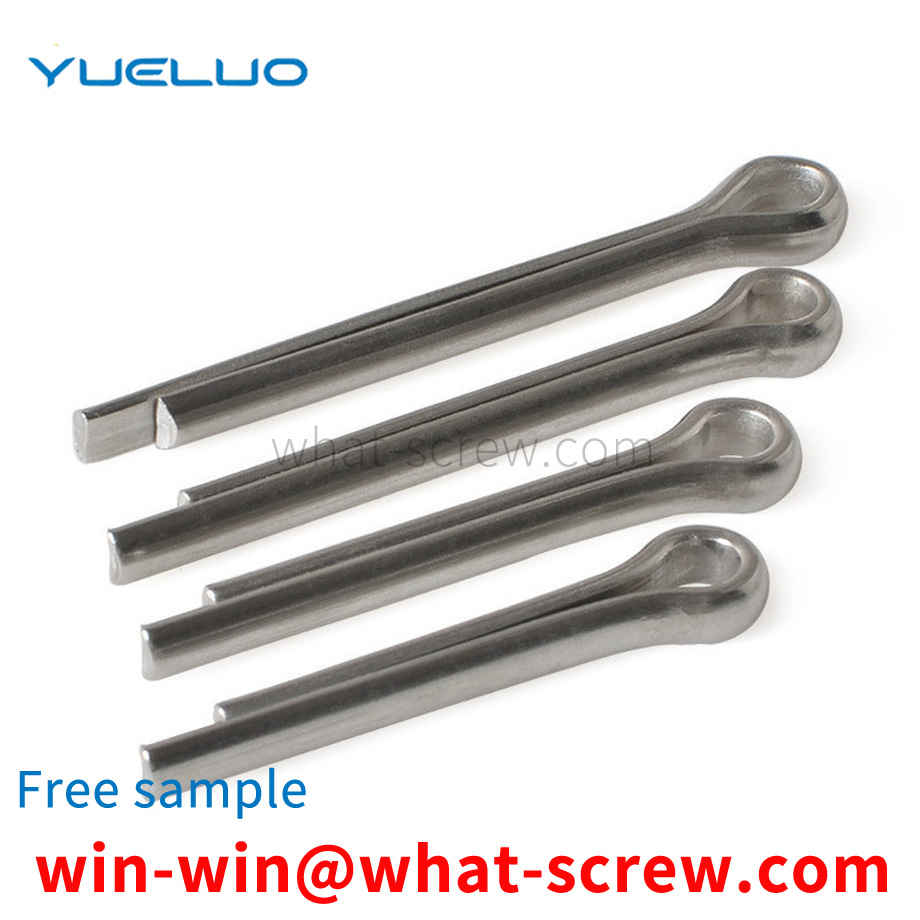
Guangdong Yueluo Hardware Industry Co., Ltd. involves a low-carbon steel rivet nut fastened to thin-walled and thin-plate fasteners, especially suitable for machinery manufacturing, automobiles, trains, aerospace, aviation, shipbuilding, construction, petroleum, textile, Fastening connection of instruments, furniture, electrical appliances and other equipment.
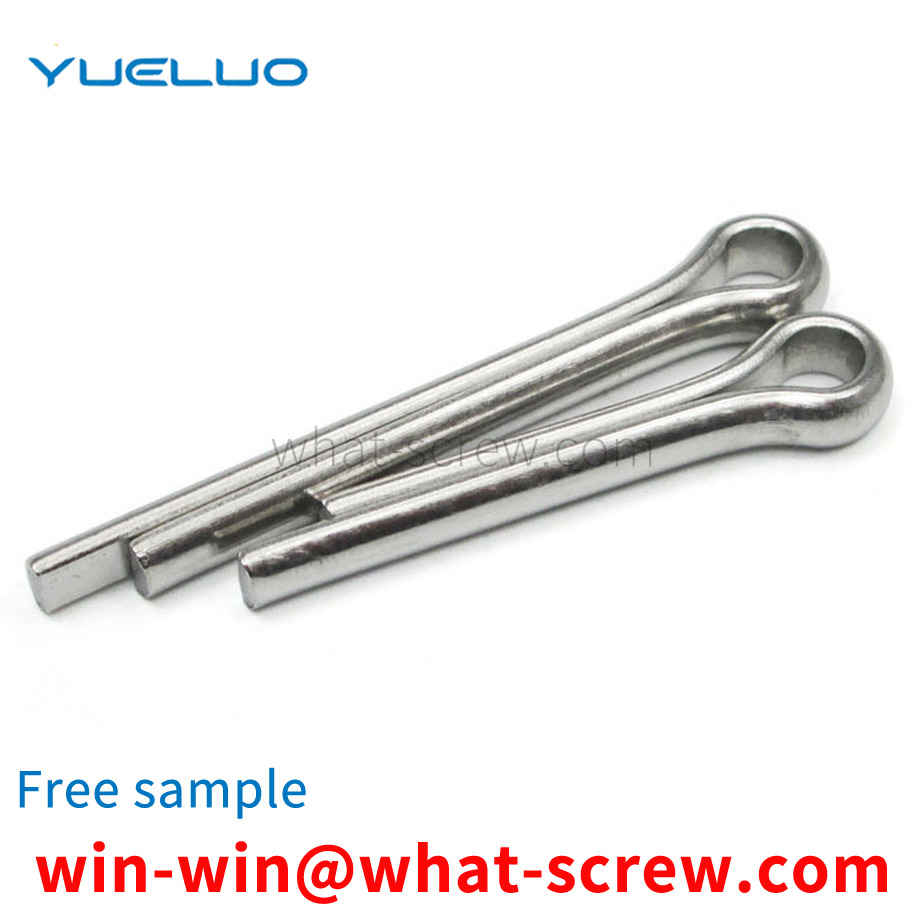

Standards are norms, and each country and sector has its own standards. The most commonly used standards in our daily business are as follows: GB—China National Standard (National Standard) ANSI—American National Standard (American Standard) DIN—German National Standard (German Standard) ASME—American Society of Mechanical Engineers Standard JIS - Japanese National Standard (Japanese Standard) BSW - British National Standard GB - National Standard is one of many standards in my country, as well as industry standards, professional standards and department standards. National standards are divided into: GB (mandatory standards) and GB/T (recommended standards) and GBn (national internal standards) and so on. We usually see GB30, GB5783, etc. are mandatory standards. In addition to some basic dimensions such as head-to-side, head thickness, etc., the above standards are mainly different in the threaded part. The threads of GB, DIN, JIS, etc. are all in MM (millimeters), which are collectively referred to as metric threads. Another thread like ANSI, ASME, etc. is called American standard thread in inches. In addition to metric threads and American threads, there is also a BSW-imperial standard, whose threads are also in inches, commonly known as Wyeth threads.
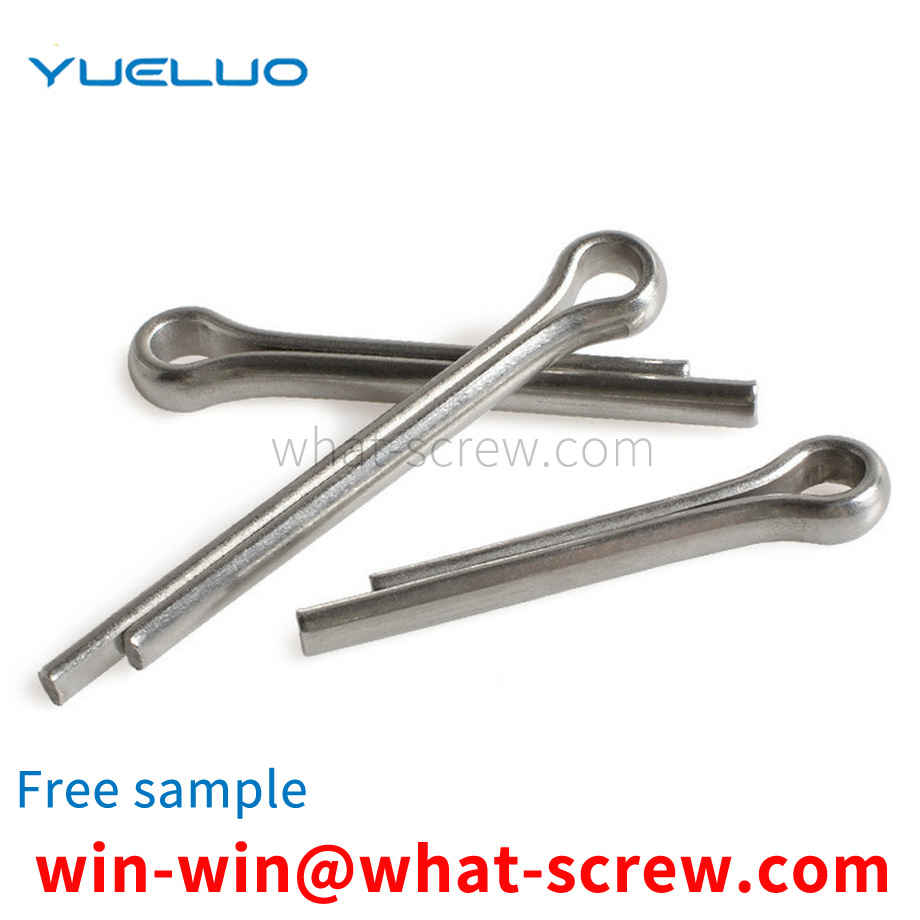
(1) The surface rust, oil stains, burrs on the wall of the bolt holes, welding flashes, etc. should be cleaned up. (2) After the contact friction surface is treated, the specified anti-scratch coefficient requirements must be met. The high-strength bolts used should have matching nuts and washers, which should be used in accordance with the matching and should not be interchanged. (3) When the friction surface of the treated component is installed, it is not allowed to be stained with oil, soil and other sundries. (4) The friction surface of the module should be kept dry during installation and should not be operated in the rain. (5) Strictly check and correct the deformation of the connected steel plates before installation. (6) It is forbidden to hammer into the bolt during installation to prevent damage to the bolt thread. (7) The electric wrench, which is regularly tested during use, ensures the accuracy of the torque and operates in the correct tightening sequence. Main safety technical measures (1) The size of the wrench of the adjustable wrench should be consistent with the size of the nut, and the sleeve should not be added to the small wrench. A dead wrench should be used for high-altitude work. For example, when using an adjustable wrench, use a rope to fasten it, and people should fasten their seat belts. (2) When assembling the connecting bolts of steel components, it is strictly forbidden to insert your hands into the connecting surface or touch the screw holes. When picking and placing the bolster, your fingers should be placed on both sides of the bolster.
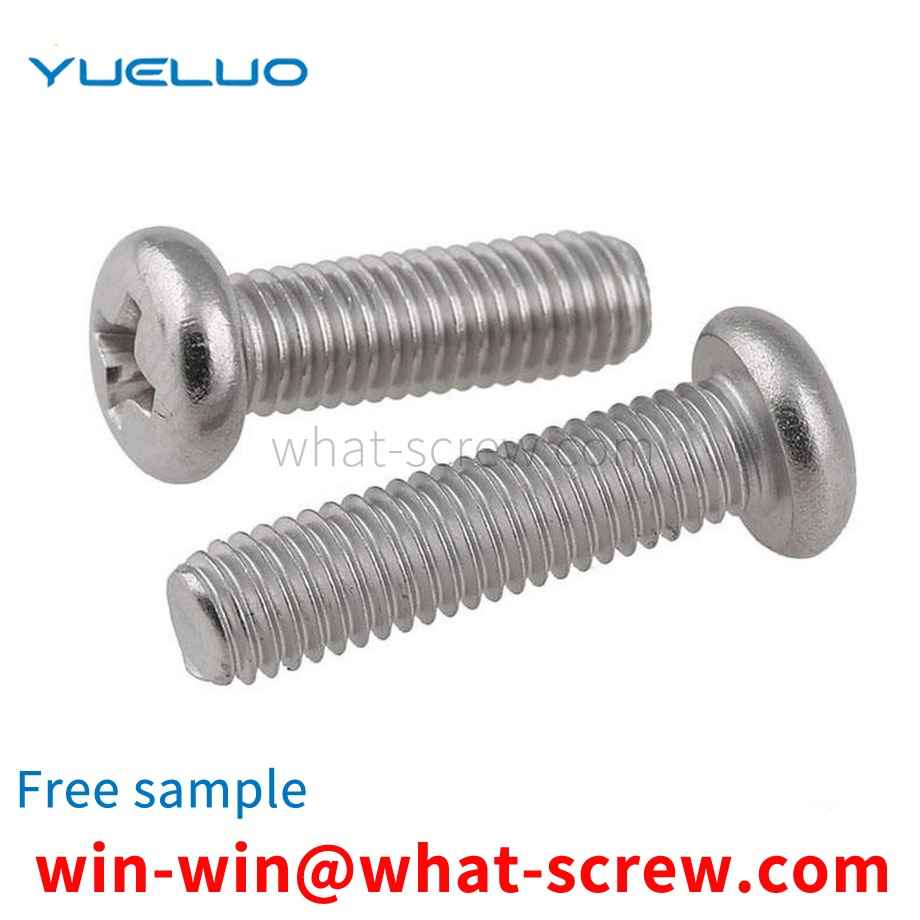
The above content is uploaded by Yueluo or the Internet. If there is any copyright issue, please contact [email protected].

What is the tolerance range of precision screws?

How to choose the right stainless steel screw manufacturer?

Why is there an R angle under the head of the hexagon head s...

We have more than ten years of experience in screw industry ...
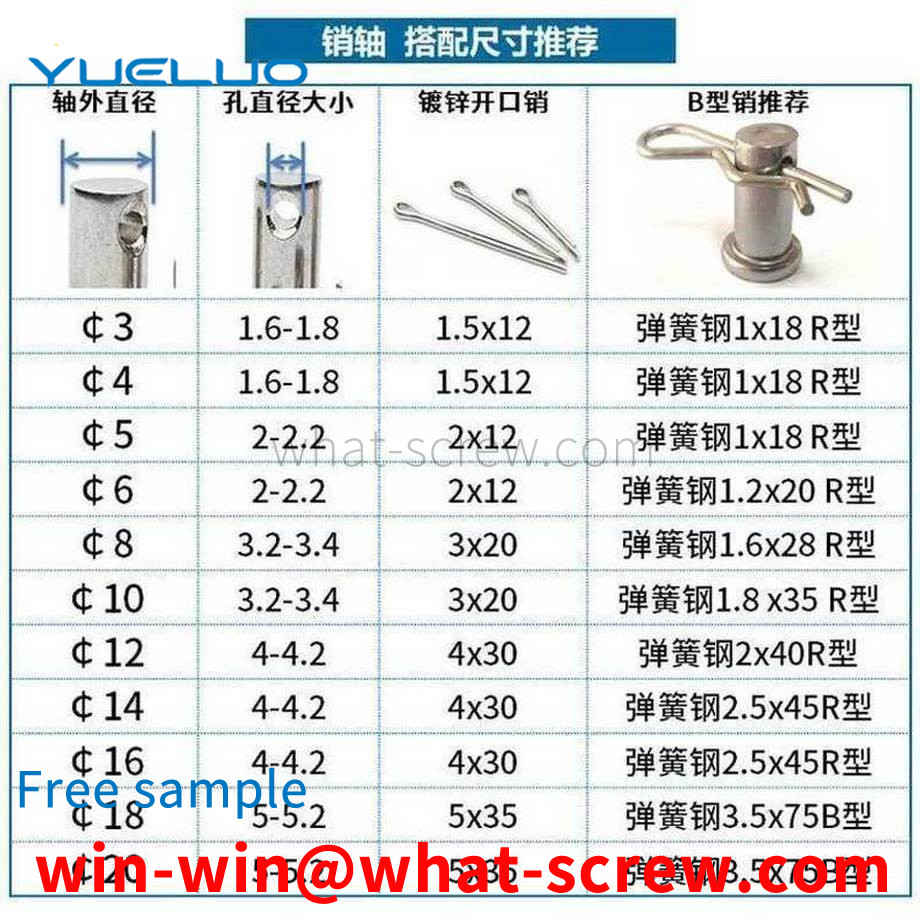
We have more than ten years of production experience in the ...

We have more than ten years of experience in screw industry ...
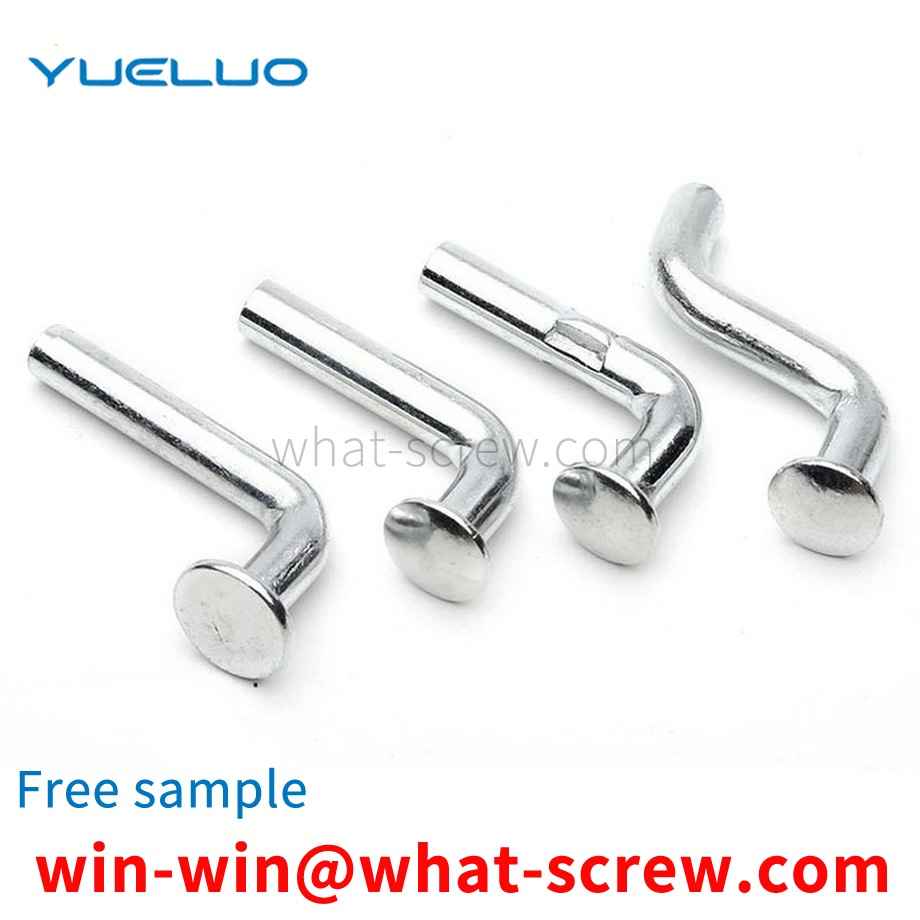
We have more than ten years of production experience in the ...